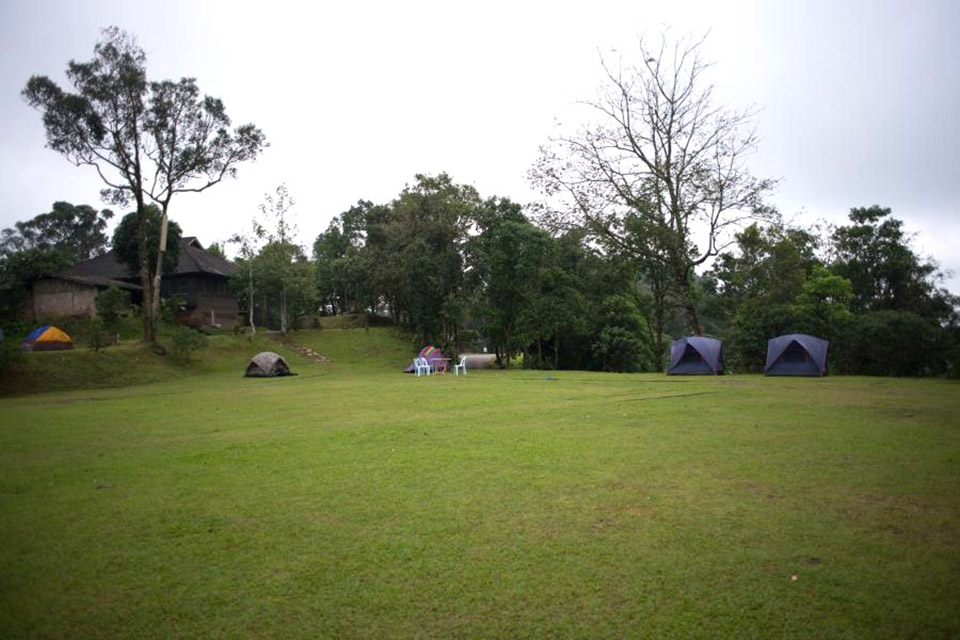
Kaeng Krachan National Park, Thailand’s most expansive national park, earned its World Heritage Site status in July 2021. Straddling Phetchaburi and Prachuap Khiri Khan provinces, this 2,914 km² park offers a mesmerizing mix of misty mountains and dense forests. The park’s highest point reaches 1,500 meters above sea level, providing breathtaking panoramic views.
Wildlife enthusiasts will be in their element here. Kaeng Krachan is home to an array of species, including leopards, elephants, dholes, and the endearing stump-tailed macaques. Birdwatchers, too, are in for a treat with over 480 bird species recorded, including the unique ratchet-tailed treepie. Activities in the park include hiking, camping, and enjoying the serene sunrises, with the sea of mist at the viewpoints being a particular highlight.
The best times to visit the park vary. The rainy season, running from May or June to October, brings lush landscapes, while the dry season, from February to May, makes wildlife spotting easier. For those who prefer cooler temperatures, November to February is ideal.
Reaching the park is a bit of a journey, with the closest access points being Hua Hin (about 75 km away) and Bangkok (roughly 200 km away). There’s no public transportation directly to the park’s heart, so private transportation is necessary. Accommodation options include camping, with tents available for rent, and the Ban Krang and Phanoen Thung campsites are particularly popular. Outside the park, there are numerous resorts for those seeking more comfort.
Kaeng Krachan National Park offers an intimate encounter with nature’s finest spectacles. Whether you’re a wildlife buff, a birding enthusiast, or just someone in love with the great outdoors, this park promises an adventure that’s as diverse as its ecosystem. Remember to respect the park’s rules and wildlife, and consider hiring a guide for the best experience. (NNT)












